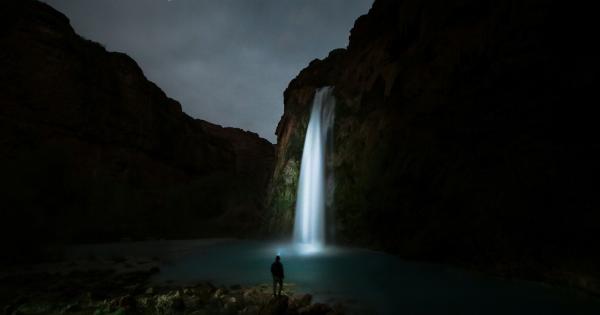Wild animals can be fascinating, but they can also pose a danger to humans. While encountering a wild animal may seem exciting, it’s important to remember that they are not domesticated and can act unpredictably.
If you plan on spending time in nature, here are some tips for safe encounters with wild animals.
Know Your Surroundings
Before heading out into nature, it’s important to familiarize yourself with the area you’ll be in. Research the types of animals that are common in the area and what their behavior is like.
Understanding typical animal behavior can help you recognize when something is abnormal and could be a threat.
Make Noise
Wild animals generally want to avoid humans, but sometimes they can’t hear or see us … and that’s when trouble can arise. To help prevent surprising a wild animal, make noise while you hike.
Clap your hands or talk loudly to alert wildlife to your presence. This will help the animals avoid you, resulting in a safer encounter for everyone involved.
Keep Your Distance
One of the most important things to remember when encountering a wild animal is to keep your distance. Wild animals may seem friendly or appear to be approachable, but in reality, this is not the case.
Even if the animal seems harmless or cute, it’s important to maintain a distance of at least 100 yards from most animals — even more for predators like bears.
Don’t Feed the Animals
Feeding wild animals can seem harmless, but it’s actually one of the most dangerous things you can do. Feeding an animal can make them dependent on humans for food, causing them to lose their ability to hunt or forage for food on their own.
Additionally, feeding wild animals can cause them to become aggressive towards humans, which can quickly turn into a dangerous situation.
Don’t Approach Young Animals
It’s not uncommon to come across young animals while hiking or exploring nature. While young animals may seem cute and helpless, it’s important to remember that their mothers are likely nearby, watching over them.
Approaching or touching young animals can cause them to become frightened and potentially hurt. Additionally, mother animals can become defensive, leading to a dangerous encounter.
Carry Bear Spray
If you’re planning on hiking in bear country, it’s important to carry bear spray with you. Bear spray is a non-lethal option for protecting yourself against bear attacks.
It’s effective at deterring bears without causing them harm and is a must-have for any hiker, camper, or hunter in bear country.
Be Prepared to React
No matter how much preparation you put into encountering wild animals, there’s always a chance that something unexpected could happen. It’s important to be mentally prepared and know how to react in case of a dangerous encounter.
Some basics to remember are backing away slowly, keeping your eyes on the animal, and trying to make yourself appear larger and more intimidating.
Conclusion
Encountering wild animals can be exhilarating, but it’s important to remember that they are not domesticated pets. Keeping your distance, making noise, and educating yourself are all ways to ensure a safe and enjoyable encounter with wildlife.
Remember to always respect the animals and their habitats, and leave no trace. With the proper precautions, you can enjoy the beauty of nature while staying safe.





























